PLATINUM VS GOLD: WHAT’S THE DIFFERENCE
Platinum and gold are two popular precious metals that have been valued for centuries. While both metals have their unique characteristics and uses, there are several key differences between platinum and gold. Understanding these differences can help investors and consumers make informed decisions. In this article, we will explore the properties, uses, and comparisons of platinum and gold, as well as the pros and cons of investing in each metal.
Key Takeaways
- Platinum is rarer and more expensive than gold.
- Platinum is more durable and resistant to wear and tear compared to gold.
- Gold has a distinct yellow color, while platinum has a silvery-white color.
- Platinum jewelry is usually more pure than gold jewelry.
- Investing in platinum and gold can provide diversification and a hedge against inflation.
What is Platinum?
Properties of Platinum
Platinum is a dense and malleable metal that is known for its durability and resistance to corrosion. It has a high melting point and is often used in industrial applications such as catalytic converters and electrical contacts. Platinum is also highly valued in the jewelry industry for its lustrous appearance and rarity. It is often alloyed with other metals to increase its strength and durability.
Platinum has a unique set of properties that make it stand out from other metals. It is a good conductor of electricity and has a high resistance to heat. It is also hypoallergenic, making it a popular choice for individuals with sensitive skin. Additionally, platinum is known for its ability to retain its color and shine over time, making it a long-lasting and valuable material for jewelry.
In summary, the properties of platinum include its density, malleability, resistance to corrosion, high melting point, conductivity, hypoallergenic nature, and ability to retain its color and shine.
Uses of Platinum
Platinum has a wide range of uses across various industries. Some of the key uses of platinum include:
- Catalytic Converters: Platinum is used as a catalyst in catalytic converters, which help reduce harmful emissions from vehicles.
- Chemical Industry: Platinum is used in the chemical industry for various processes, such as producing nitric acid and hydrogen.
- Electronics: Platinum is used in electronic devices, particularly in the production of hard disk drives and LCD screens.
Platinum's unique properties, such as its resistance to corrosion and high melting point, make it an ideal choice for these applications. Its versatility and reliability have made it a valuable metal in numerous industries.
Platinum in Jewelry
Platinum is a popular choice for jewelry due to its unique properties. It is a dense and durable metal that is resistant to tarnish and corrosion. Platinum jewelry is known for its stunning white color, which complements a wide range of gemstones. Platinum is also hypoallergenic, making it a great option for those with sensitive skin.
When it comes to platinum jewelry, there are a few important factors to consider:
- Purity: Platinum jewelry is typically made with a high level of purity, usually 90-95%. This means that the jewelry contains a high percentage of platinum, making it valuable and long-lasting.
- Weight: Platinum is denser than gold, so platinum jewelry tends to be heavier than gold jewelry of the same size.
- Price: Platinum is generally more expensive than gold, mainly due to its rarity and higher production costs.
In summary, platinum jewelry offers a combination of beauty, durability, and value. Its unique properties make it a popular choice for engagement rings, wedding bands, and other fine jewelry pieces.
What is Gold?
Properties of Gold
Gold is a highly valued precious metal known for its lustrous yellow color and malleability. It is one of the most sought-after metals in the world. Here are some key properties of gold:
- Density: Gold is a dense metal, with a density of approximately 19.3 grams per cubic centimeter.
- Melting Point: Gold has a high melting point of 1,064 degrees Celsius, making it resistant to heat.
- Conductivity: Gold is an excellent conductor of electricity and heat.
Gold is often used in various industries due to its unique properties. It is commonly used in electronics, dentistry, and aerospace industries. In addition, gold is widely used in jewelry making due to its beauty and rarity.
Investing in gold can be a good hedge against inflation and economic uncertainty. It is considered a safe haven asset and has historically retained its value over time.
Uses of Gold
Gold has been used for various purposes throughout history. Here are some of the main uses of gold:
-
Jewelry: Gold is highly valued for its beauty and rarity, making it a popular choice for jewelry. It is often used to create intricate designs and is considered a symbol of wealth and luxury.
-
Investment: Gold is often seen as a safe haven investment during times of economic uncertainty. It is considered a store of value and can provide a hedge against inflation.
-
Technology: Gold is used in various electronic devices, such as smartphones and computers, due to its excellent conductivity and resistance to corrosion.
-
Dentistry: Gold is used in dentistry for its biocompatibility and durability. It is commonly used for dental crowns, bridges, and fillings.
-
Medicine: Gold nanoparticles have been used in medical applications, such as cancer treatment and drug delivery systems, due to their unique properties.
-
Currency: Gold has been used as a form of currency throughout history. It has been used to mint coins and is still considered a valuable asset by central banks around the world.
Gold in Jewelry
Gold has been used in jewelry for centuries due to its beauty and durability. It is a popular choice for engagement rings, necklaces, bracelets, and earrings. Gold is a versatile metal that can be easily shaped into intricate designs, making it ideal for creating unique and intricate pieces of jewelry. Its warm, yellow color is highly sought after and adds a touch of elegance to any piece.
When purchasing gold jewelry, it is important to consider the karat purity. The higher the karat, the purer the gold. 24 karat gold is considered pure gold, but it is also softer and more prone to scratches and dents. Lower karat gold, such as 18 karat or 14 karat, is more durable and suitable for everyday wear.
Here are some key points to consider when buying gold jewelry:
- Karat Purity: Determine the karat purity that suits your needs and preferences.
- Design: Choose a design that reflects your personal style.
- Price: Consider your budget and compare prices from different jewelers.
Remember, gold jewelry is not only a fashion statement but also a valuable investment that can be passed down through generations.
Comparison of Platinum and Gold
Price Comparison
When it comes to price, platinum is generally more expensive than gold. This is due to its rarity and the higher cost of mining and refining platinum. As of [current year], the price of platinum per ounce is approximately $[platinum price], while the price of gold per ounce is around $[gold price]. However, it's important to note that the prices of both platinum and gold can fluctuate based on market conditions.
In terms of long-term value, both platinum and gold have been considered as safe-haven investments. However, gold has historically been more widely recognized as a store of value and a hedge against inflation. Investors looking for a stable and reliable investment may choose gold over platinum.
Here is a comparison of the key factors that affect the price of platinum and gold:
| Factor | Platinum | Gold |
|---|---|---|
| Rarity | High | Moderate |
| Mining and Refining Costs | High | Moderate |
| Market Demand | Moderate | High |
Please note that these factors can vary over time and may impact the price differentially.
Durability Comparison
When it comes to durability, both platinum and gold are highly durable metals. However, there are some differences to consider. Platinum is known for its exceptional strength and resistance to wear and tear. It is a dense metal that can withstand daily wear without losing its shape or becoming easily scratched. On the other hand, gold is a softer metal and is more prone to scratches and dents. While gold can still be a durable choice for jewelry, it may require more frequent maintenance to keep it looking its best.
In terms of long-term durability, platinum is often considered the superior option. It is highly resistant to corrosion and tarnish, making it a great choice for everyday wear. Gold, on the other hand, may require more frequent cleaning and polishing to maintain its luster over time. Overall, both platinum and gold can be durable choices for jewelry, but platinum offers a higher level of durability and requires less maintenance in the long run.
Color Comparison
When it comes to color, platinum and gold have distinct differences. Platinum has a naturally white color, which gives it a sleek and modern look. On the other hand, gold has a warm yellow color that is often associated with luxury and elegance.
In terms of jewelry, platinum is often used as a setting for diamonds and other precious gemstones due to its neutral color, which allows the stones to stand out. Gold, on the other hand, is available in different shades such as yellow, white, and rose, offering more versatility in design.
In summary, while platinum has a cool white color, gold offers a range of warm tones that can complement different styles and preferences.
Purity Comparison
When comparing the purity of platinum and gold, it is important to note that both metals are measured in terms of their fineness. Fineness refers to the percentage of pure metal in the alloy. Platinum is typically 95% pure, while gold is commonly available in 24-karat (99.9% pure) and 18-karat (75% pure) varieties. This means that platinum has a higher level of purity compared to gold.
In terms of purity, platinum is often considered the superior choice due to its higher percentage of pure metal. However, the choice between platinum and gold ultimately depends on personal preference and budget.
Investing in Platinum and Gold
Platinum as an Investment
Investing in platinum can be a lucrative option for those looking to diversify their investment portfolio. Platinum is a rare and precious metal that has a variety of industrial uses, making it a valuable commodity. Here are some key points to consider when investing in platinum:
- Supply and Demand: The limited supply of platinum, coupled with its high demand in industries such as automotive and jewelry, can drive up its price.
- Hedge against Inflation: Platinum has historically been seen as a hedge against inflation, as its value tends to rise during times of economic uncertainty.
- Diversification: Including platinum in your investment portfolio can help diversify your holdings and reduce risk.
It's important to note that investing in platinum also comes with its own risks. The price of platinum can be volatile, and market conditions can impact its value. Therefore, it's essential to carefully research and monitor the market before making any investment decisions.
Gold as an Investment
Investing in gold can be a smart financial move. Here are some key points to consider:
- Diversification: Gold can help diversify your investment portfolio and reduce risk.
- Hedge against inflation: Gold has historically been seen as a hedge against inflation, as its value tends to rise when the value of fiat currencies decreases.
- Liquidity: Gold is a highly liquid asset, meaning it can be easily bought and sold.
- Store of value: Gold has been used as a store of value for centuries, and its value is not tied to any specific currency.
Tip: When investing in gold, it's important to consider factors such as storage and security. Make sure to research reputable gold dealers and consider storing your gold in a secure location.
Remember, investing in gold should be part of a well-diversified investment strategy and it's always a good idea to consult with a financial advisor before making any investment decisions.
Pros and Cons of Investing in Platinum
Investing in platinum has several advantages and disadvantages. Here are some key points to consider:
-
Advantages:
- Potential for high returns: Platinum has historically been a valuable and sought-after metal, which can lead to potential high returns on investment.
- Diversification: Investing in platinum can provide diversification to your investment portfolio, reducing risk.
- Industrial demand: Platinum is widely used in various industries, such as automotive and jewelry, which can drive demand and increase its value.
-
Disadvantages:
- Volatility: Like any investment, the price of platinum can be volatile, which may result in significant fluctuations in its value.
- Limited market: The platinum market is smaller compared to other precious metals like gold, which can make it less liquid and harder to buy or sell.
- Storage and security: Investing in physical platinum requires proper storage and security measures to protect your investment.
Considering these factors, it is important to carefully evaluate the pros and cons before making any investment decisions.
Pros and Cons of Investing in Gold
Investing in gold has several advantages and disadvantages. Here are some pros and cons to consider:
-
Pros:
- Hedge against inflation: Gold has historically been a safe haven during times of economic uncertainty and inflation.
- Diversification: Gold can provide diversification in an investment portfolio, reducing overall risk.
- Store of value: Gold is a tangible asset that holds value over time.
-
Cons:
- Volatility: The price of gold can be highly volatile, leading to potential losses.
- Lack of income: Unlike stocks or bonds, gold does not generate income.
- Storage and security: Physical gold requires storage and security measures to protect against theft or damage.
When considering investing in gold, it's important to weigh these pros and cons to make an informed decision.
Conclusion
In conclusion, both platinum and gold are valuable precious metals that have unique characteristics and uses. Platinum is known for its durability, resistance to corrosion, and its use in various industries such as jewelry, automotive, and electronics. On the other hand, gold is highly valued for its beauty, rarity, and its historical significance as a store of value. While both metals have their own advantages and appeal, the choice between platinum and gold ultimately depends on individual preferences, investment goals, and market conditions. Whether you prefer the lustrous shine of platinum or the timeless allure of gold, both metals offer a tangible and enduring form of wealth and investment.
Frequently Asked Questions
Is platinum more expensive than gold?
Yes, platinum is generally more expensive than gold due to its rarity and higher production costs.
Which metal is more durable, platinum or gold?
Platinum is more durable than gold as it is a denser and stronger metal.
Can platinum and gold be used together in jewelry?
Yes, platinum and gold can be combined in jewelry designs to create unique and beautiful pieces.
Is platinum or gold better for investment purposes?
Both platinum and gold can be good investment options, but it depends on individual preferences and market conditions.
Does platinum tarnish like gold?
Platinum does not tarnish like gold. It maintains its natural white color over time.
Can platinum or gold cause skin allergies?
While rare, some individuals may have allergies to platinum or gold. It is recommended to consult with a dermatologist if you have concerns.
Best Sellers














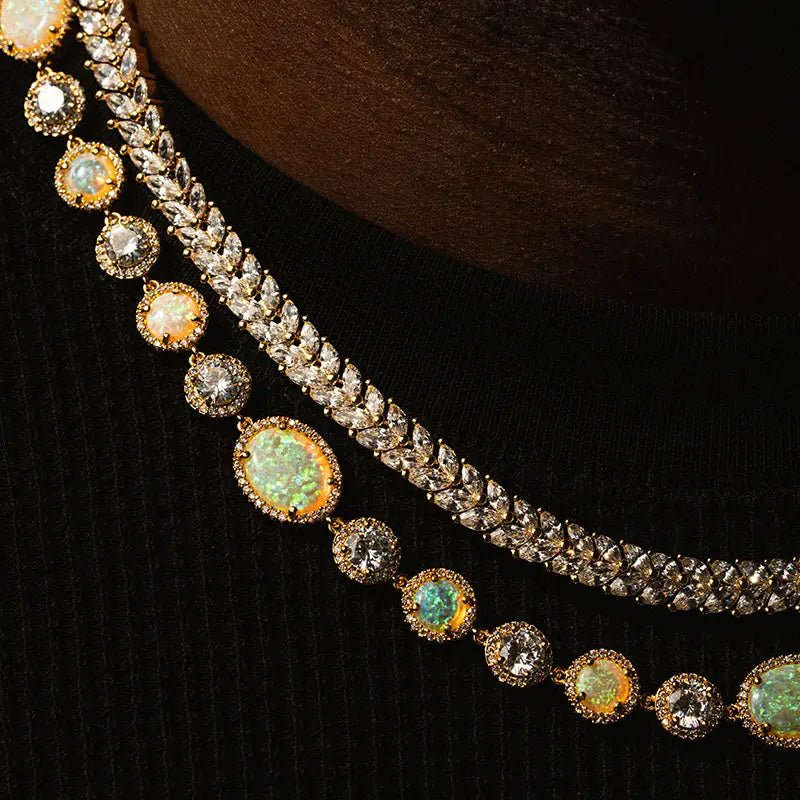
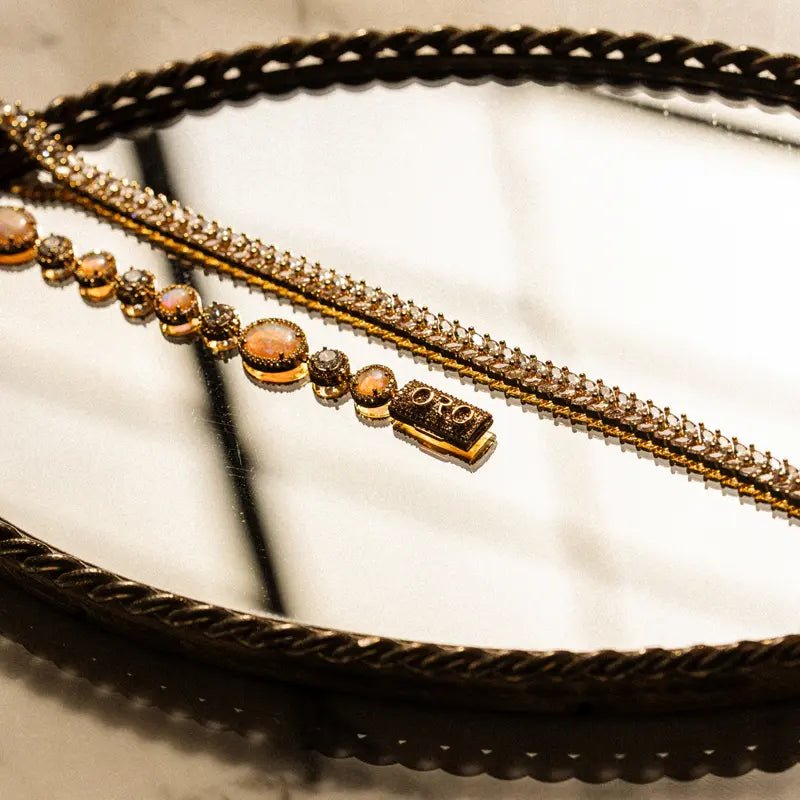





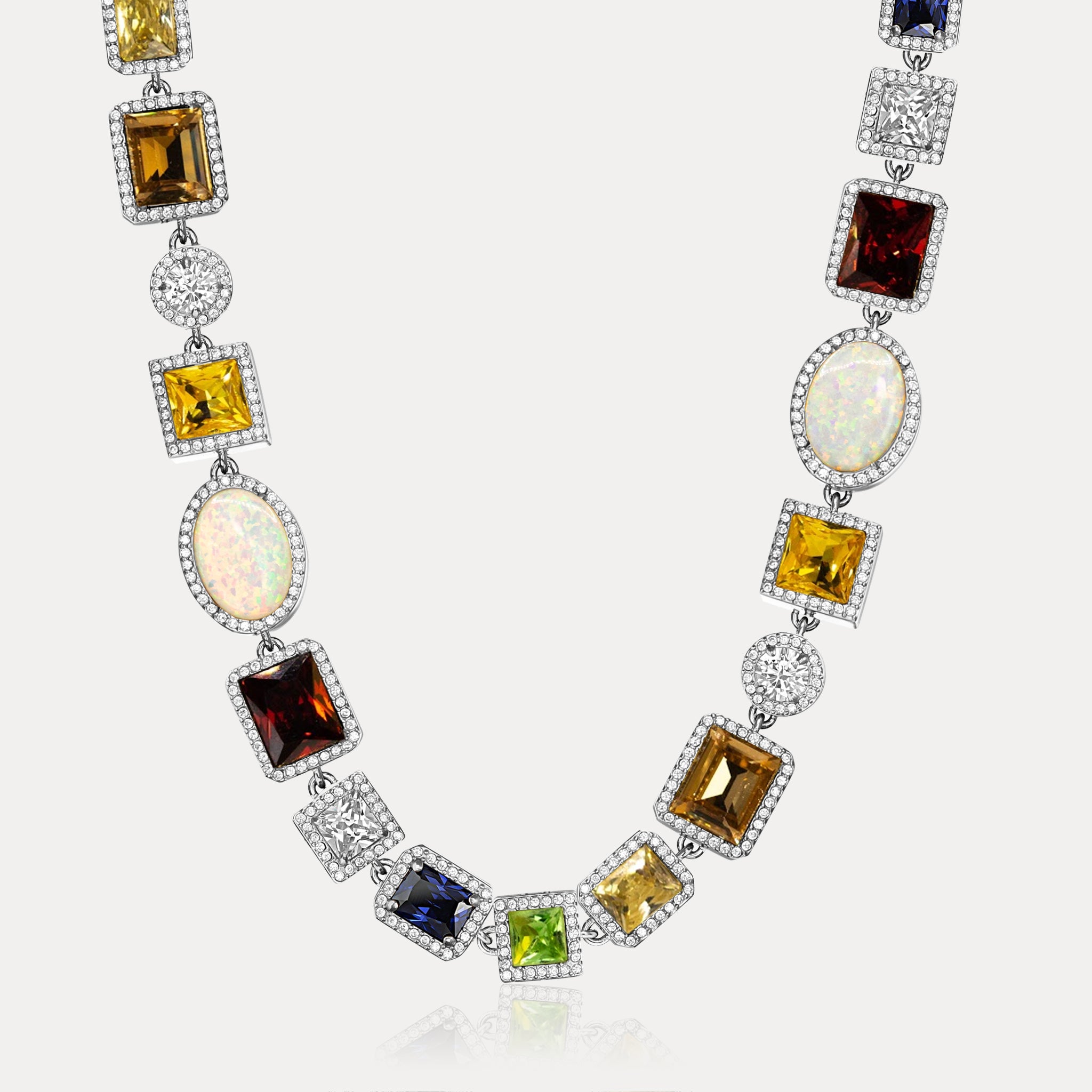
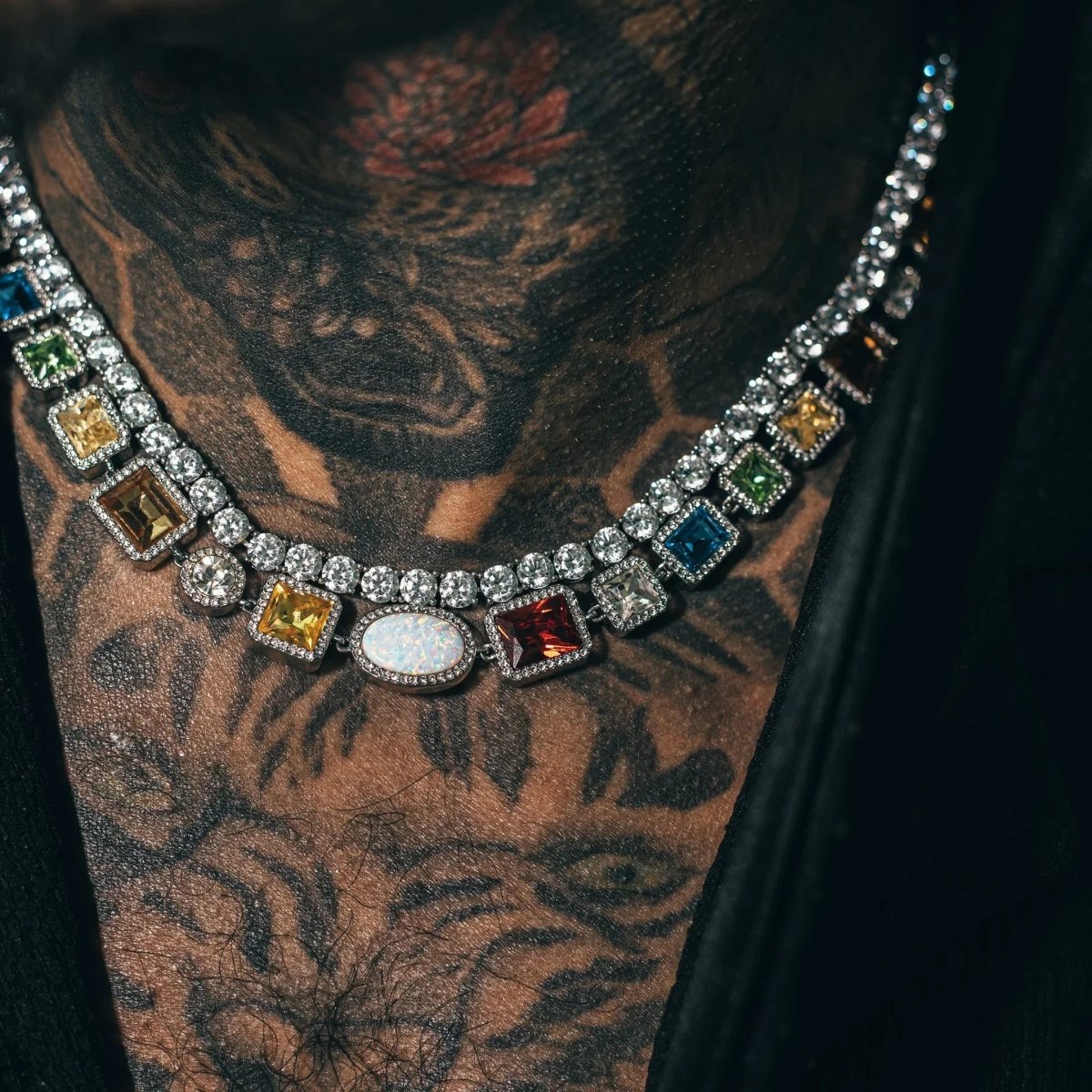
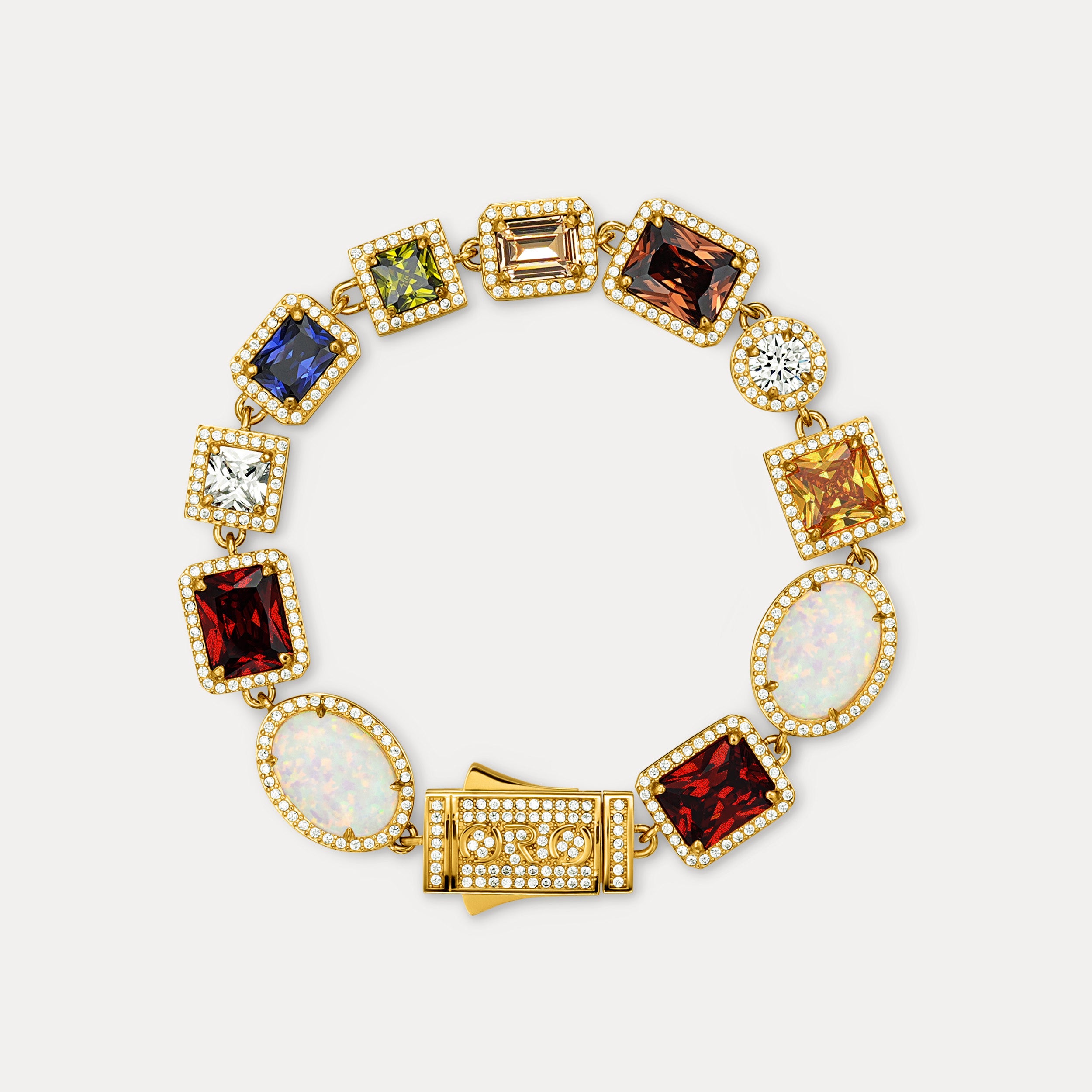

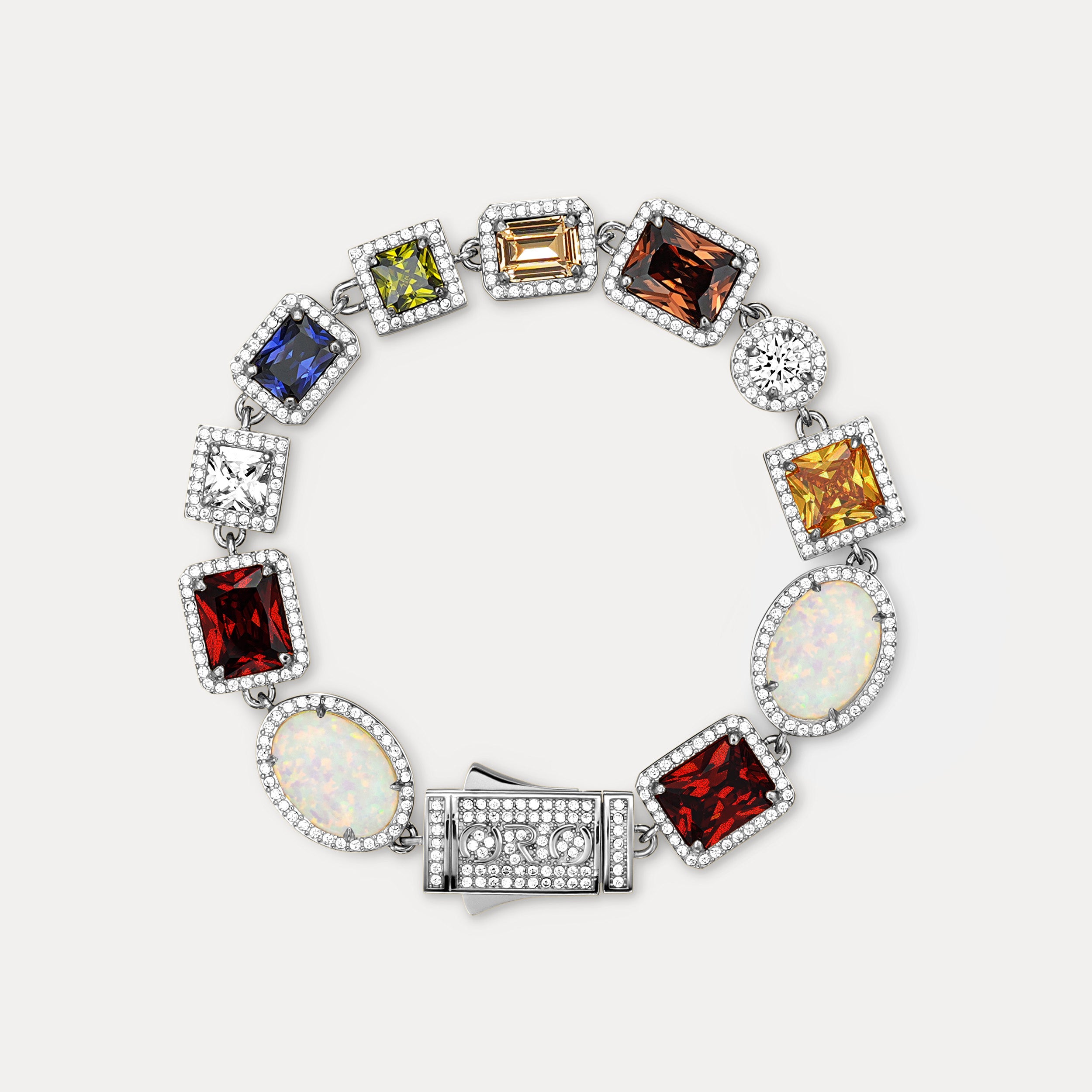

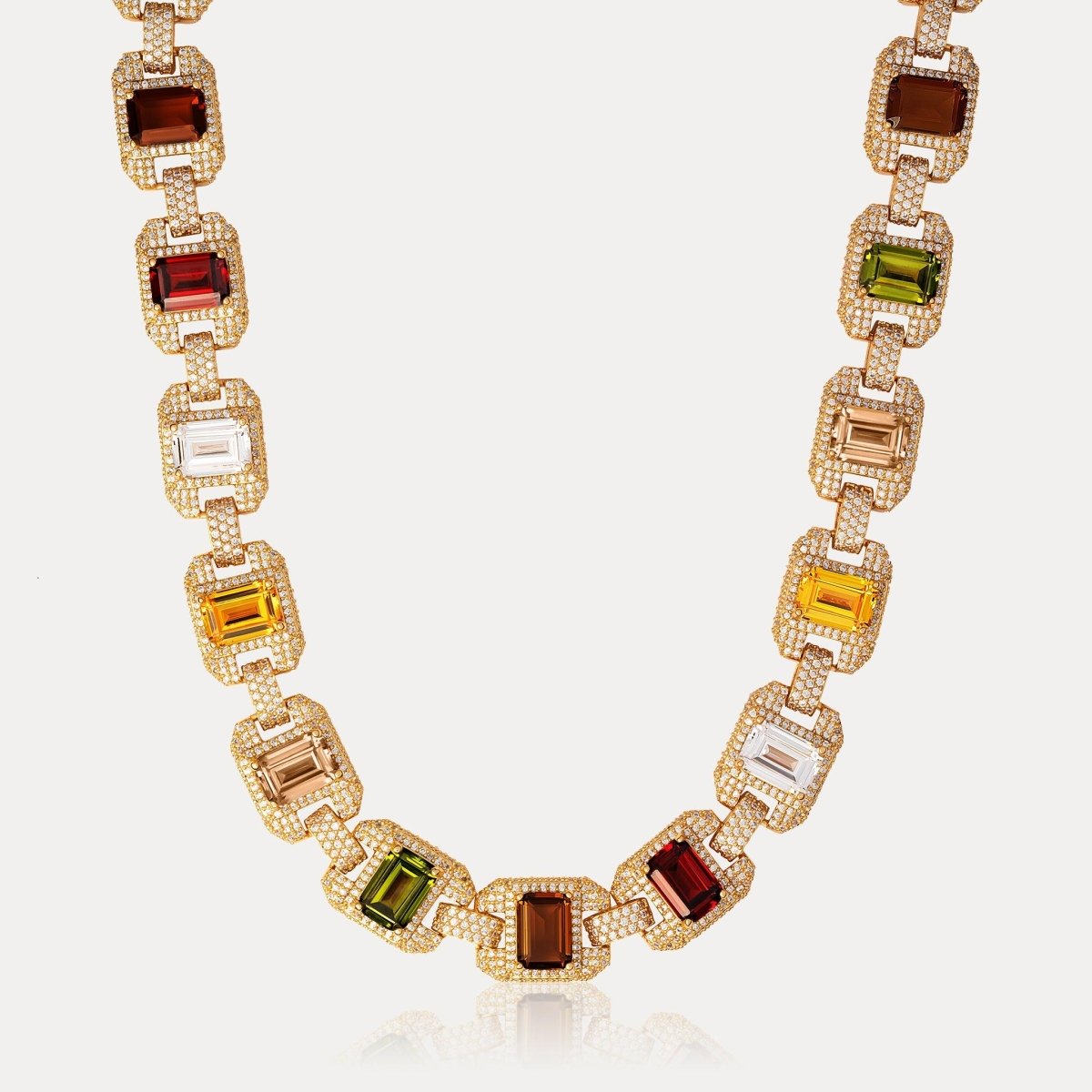



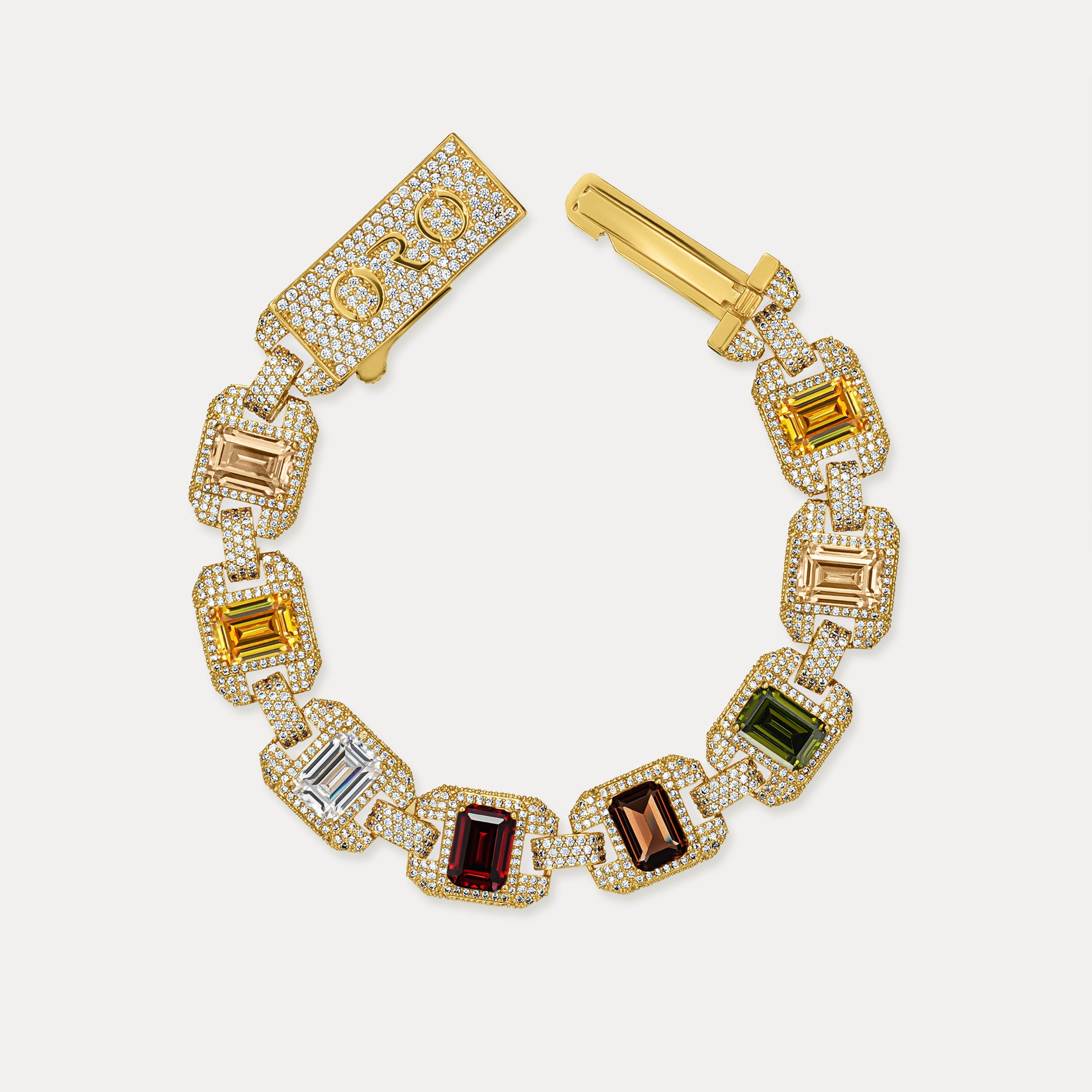

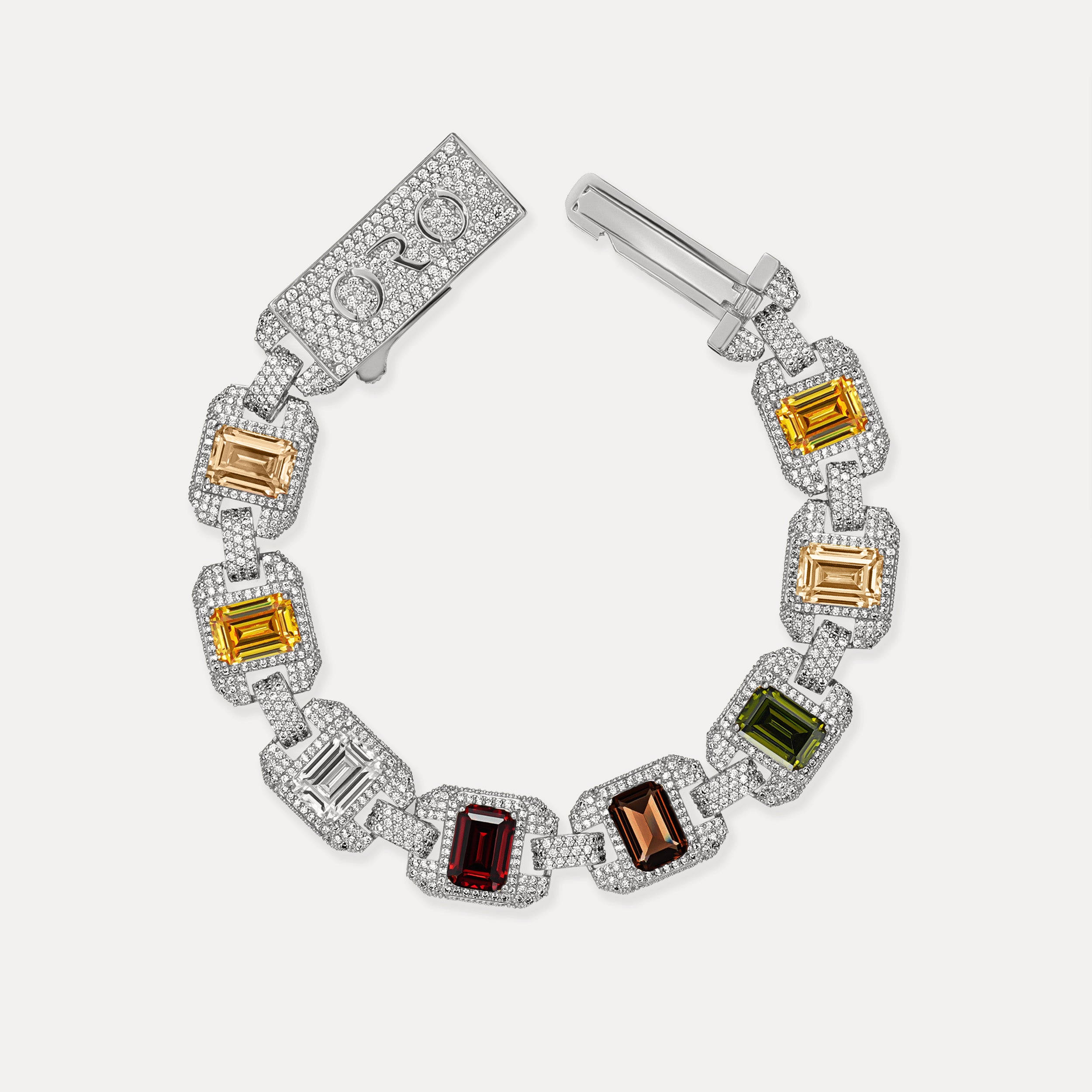

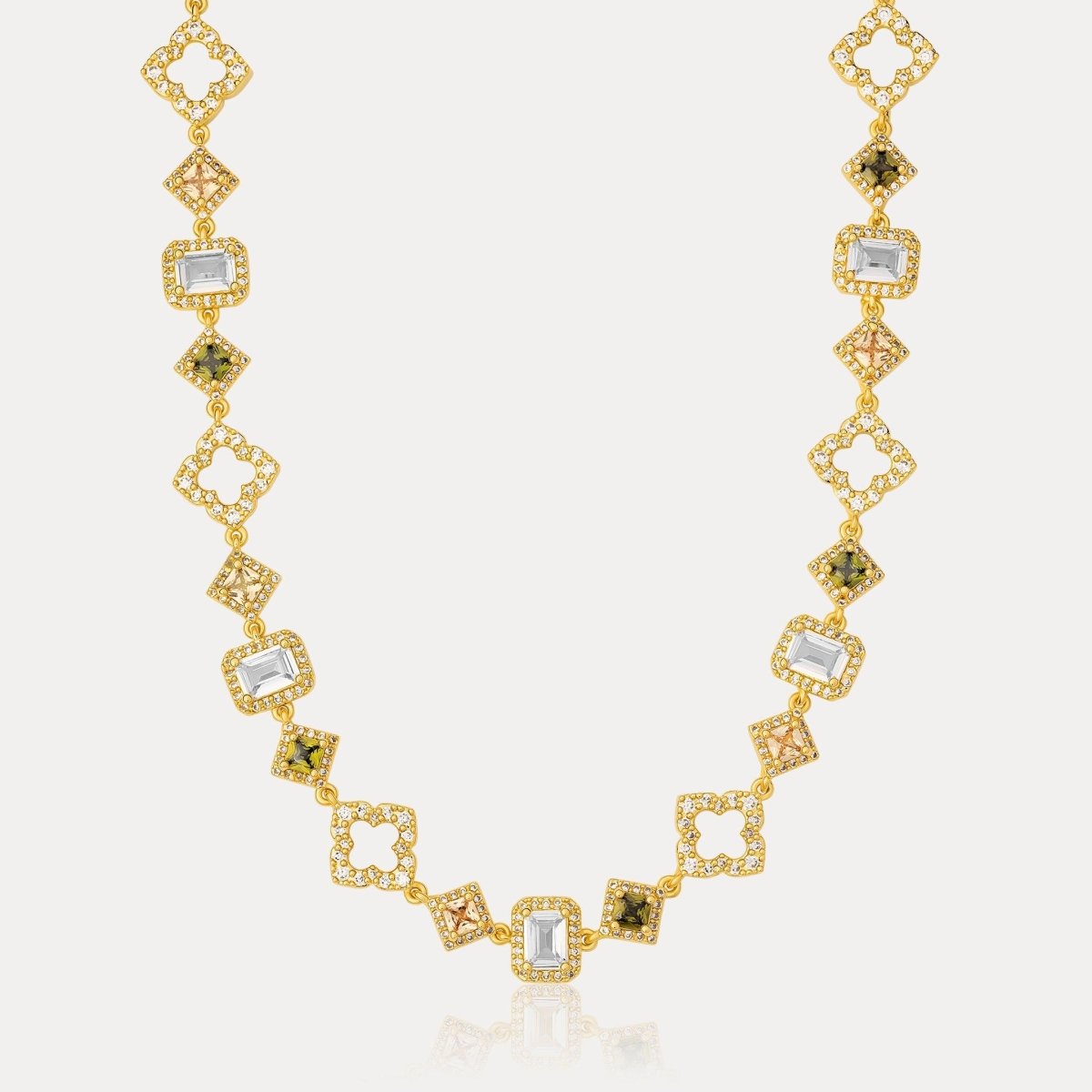

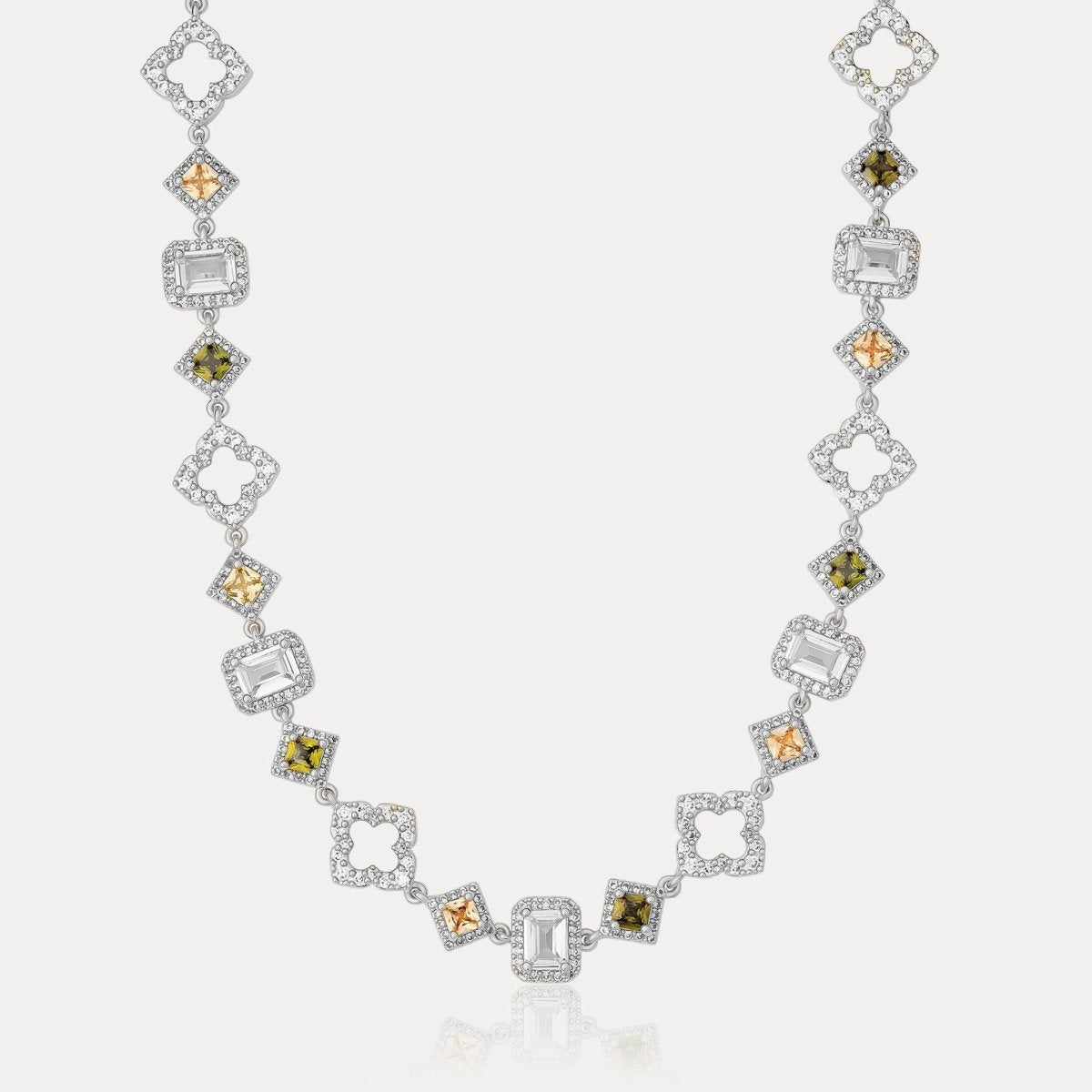

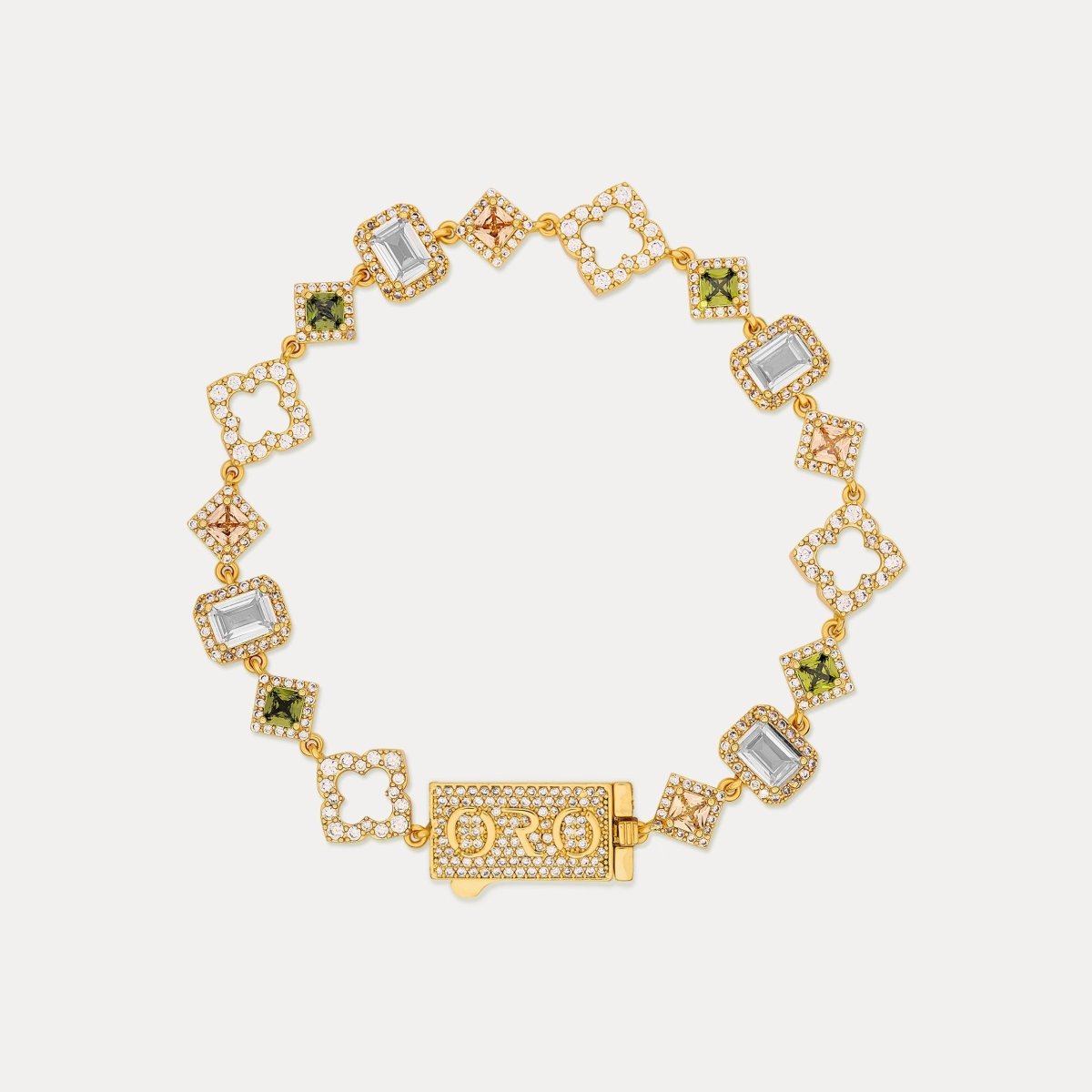
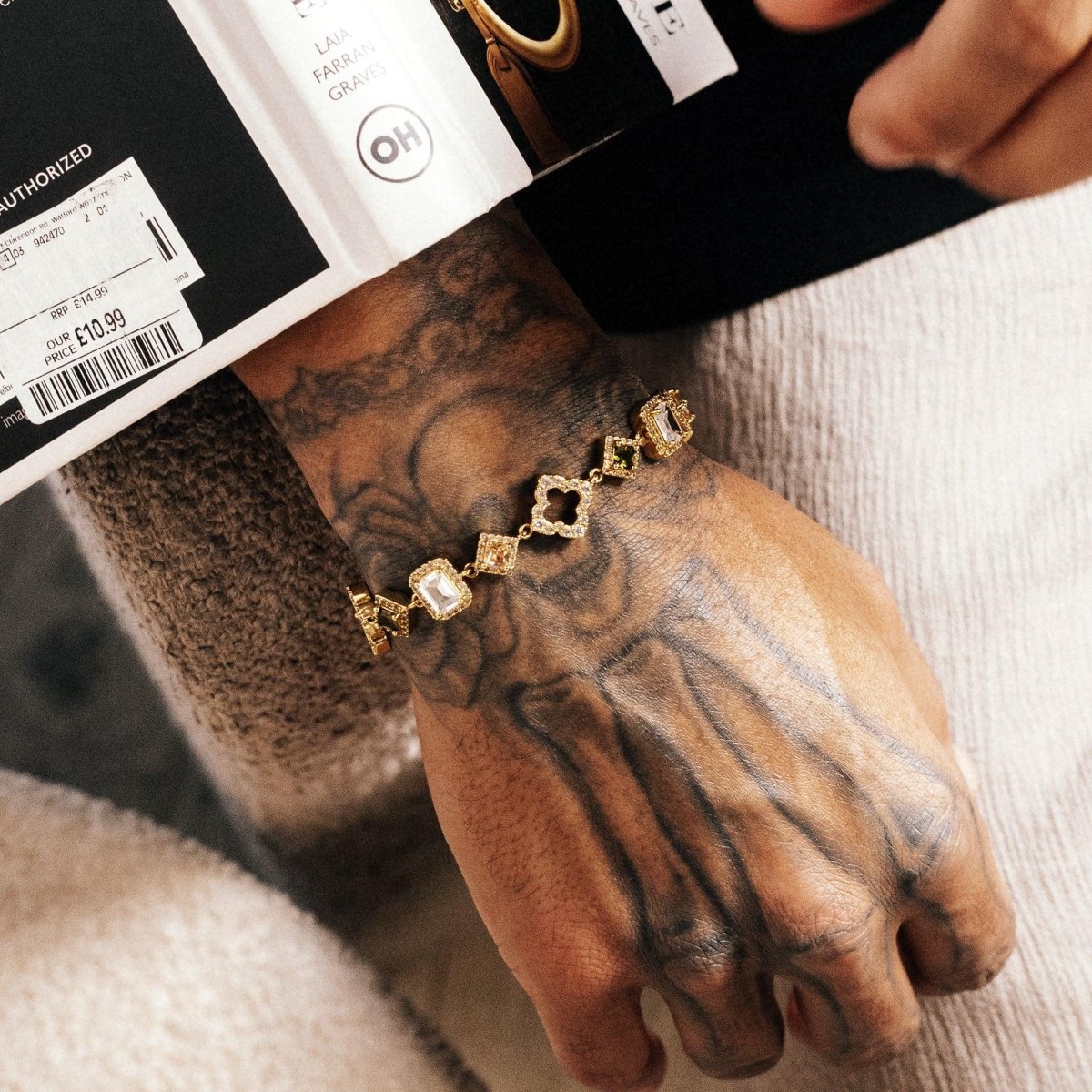


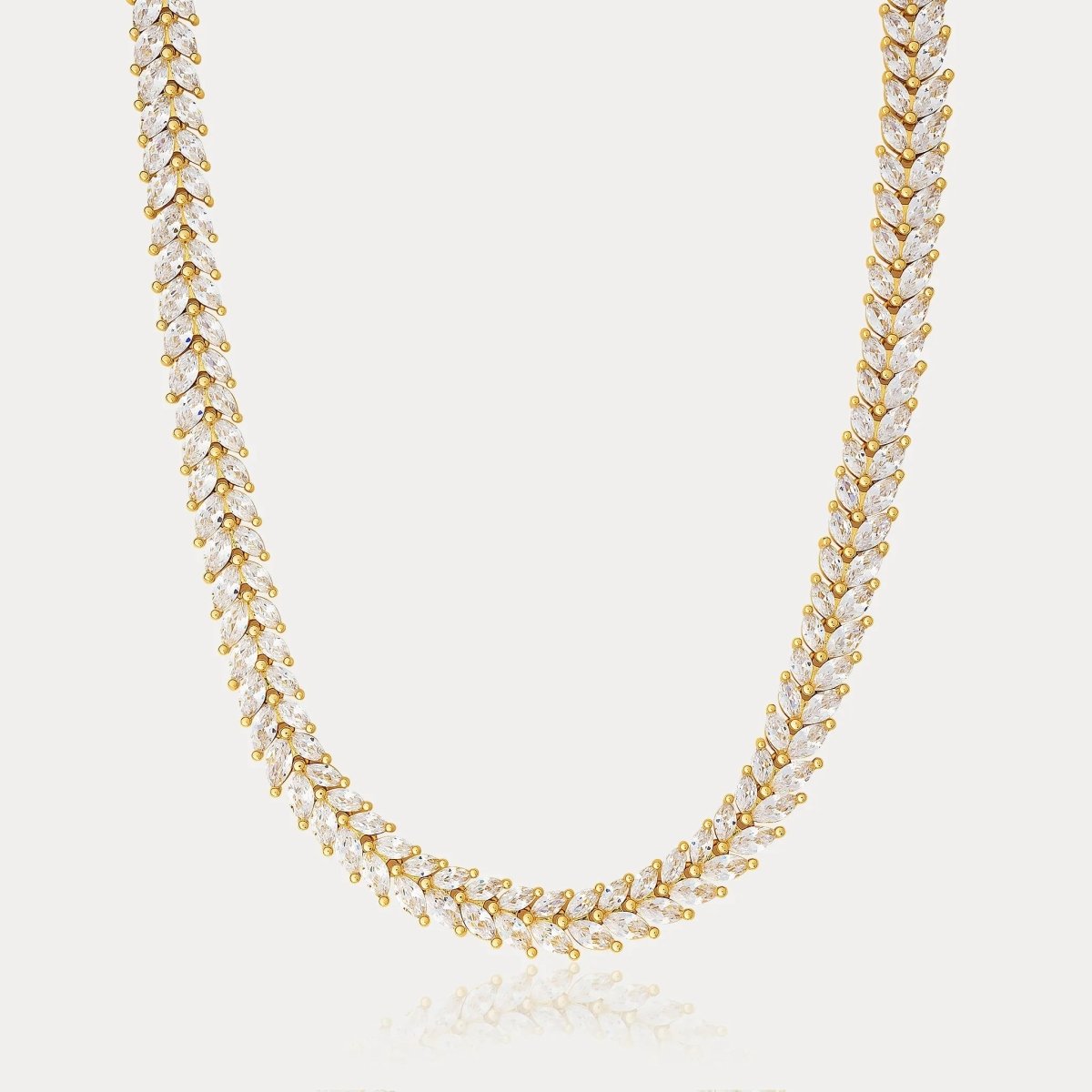

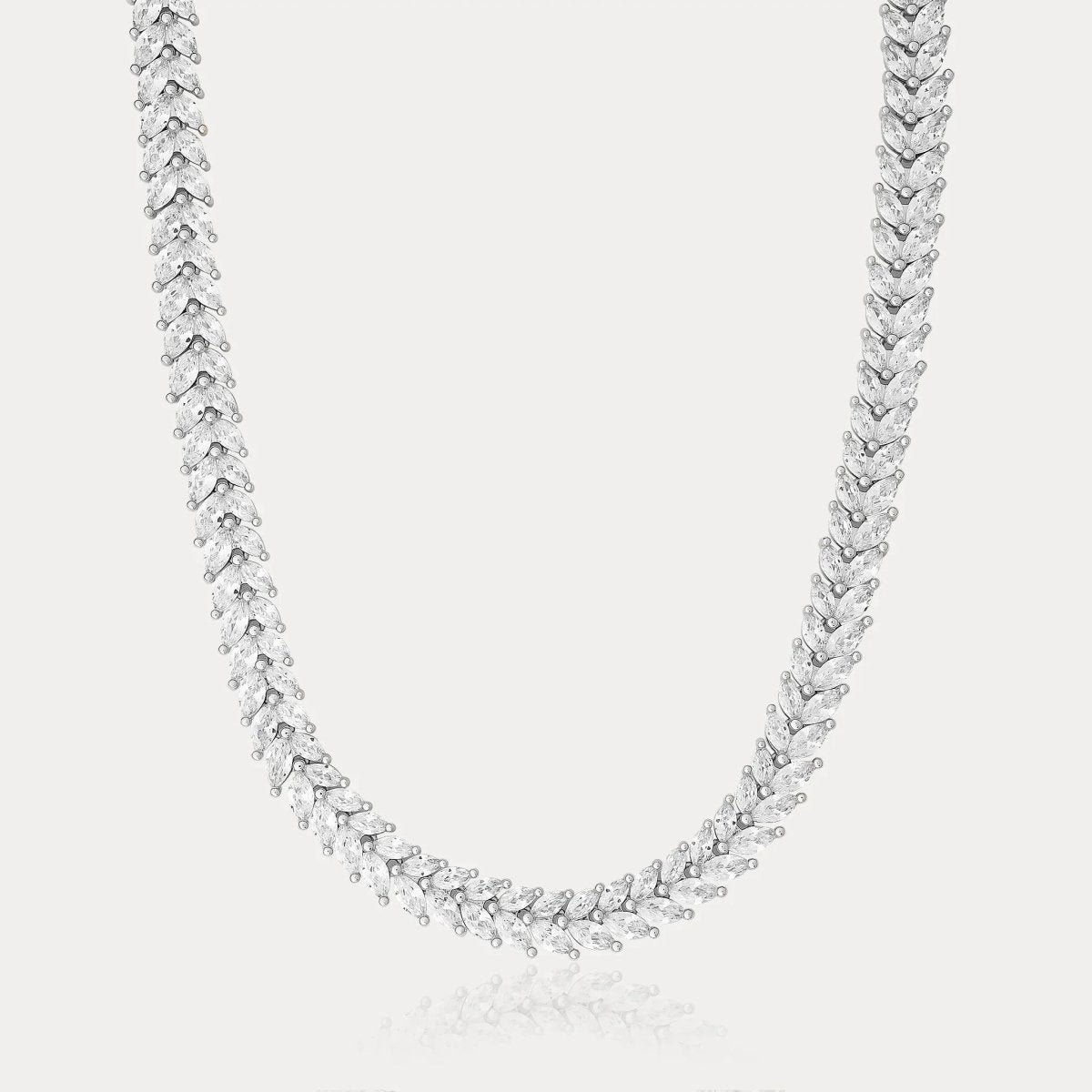

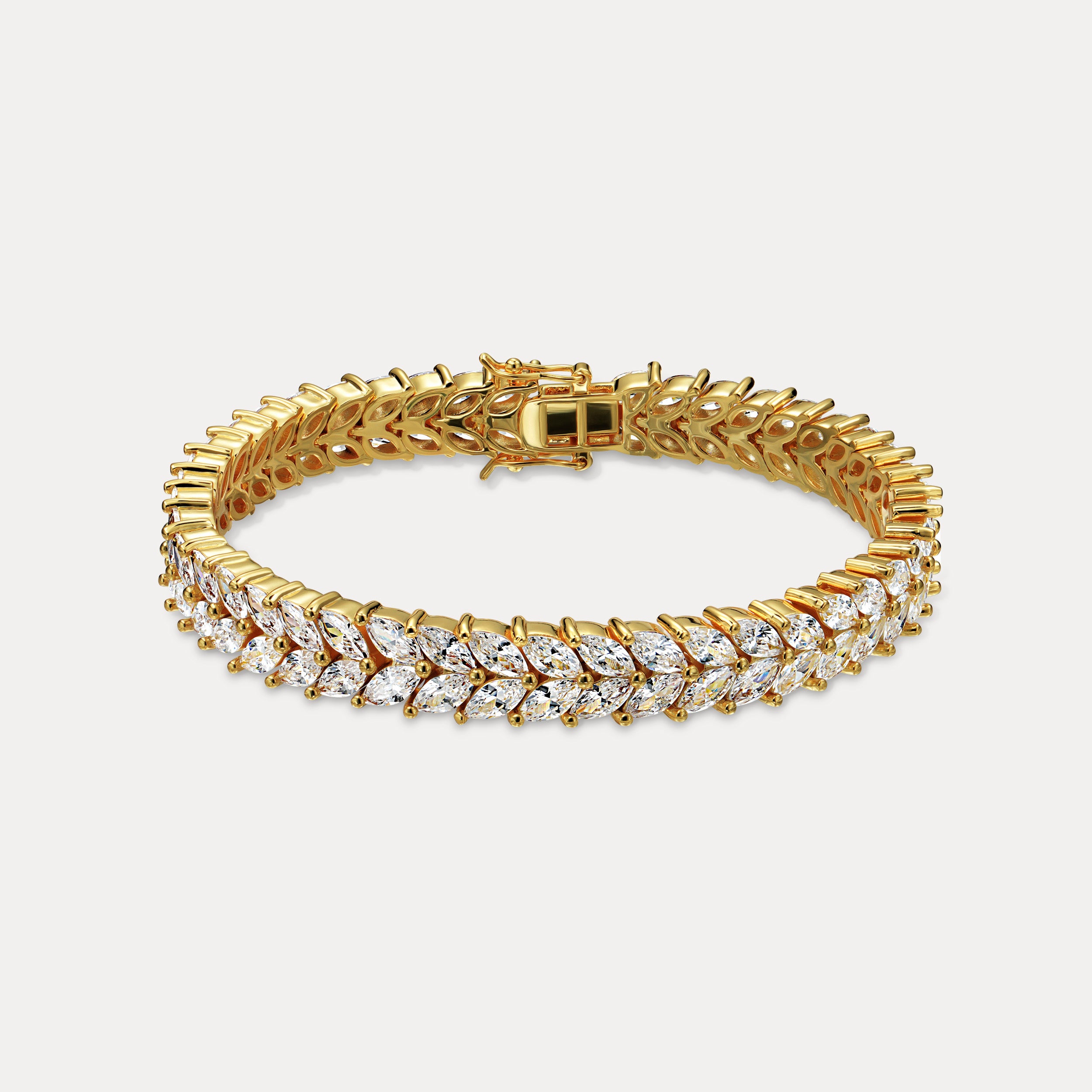

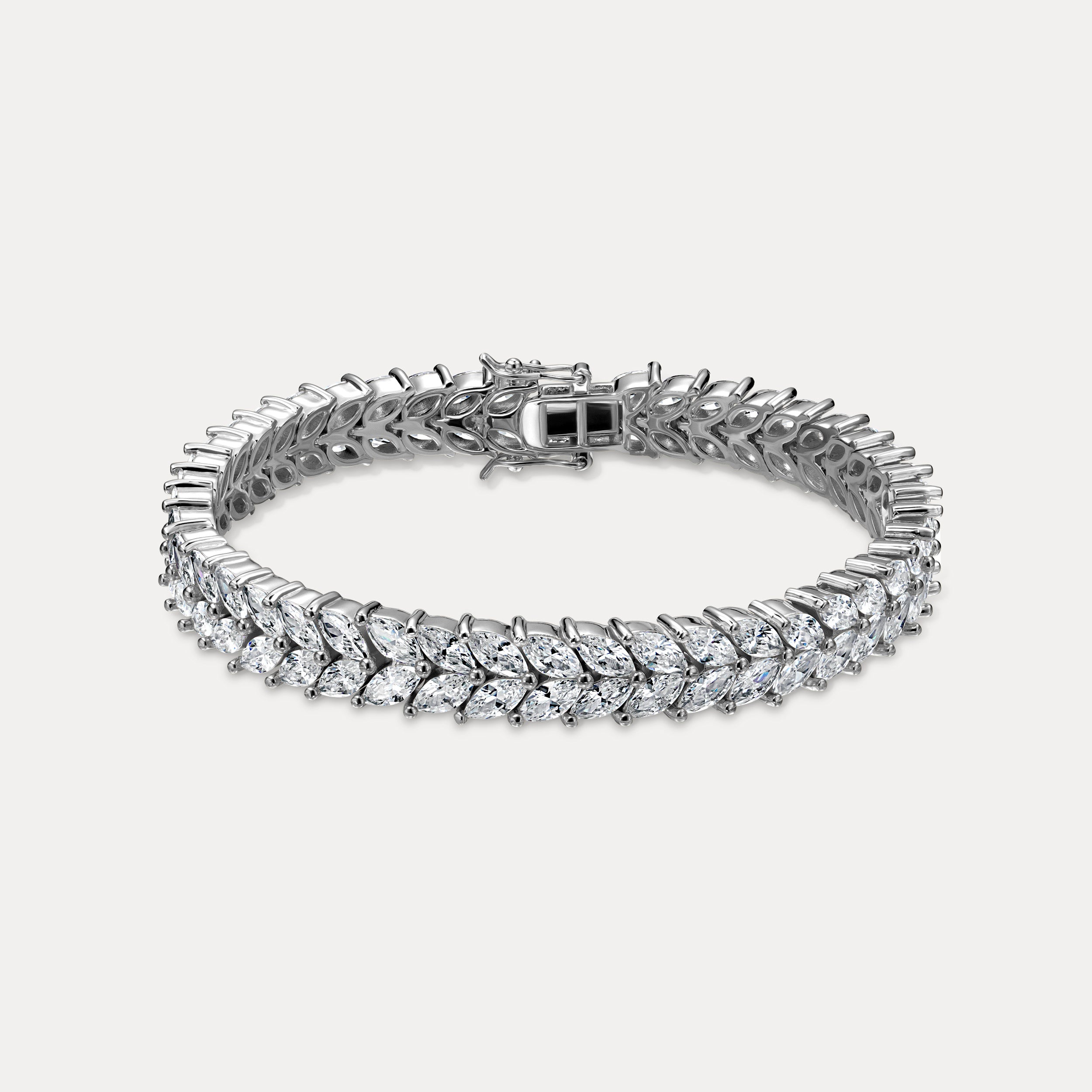

Leave a comment
This site is protected by hCaptcha and the hCaptcha Privacy Policy and Terms of Service apply.